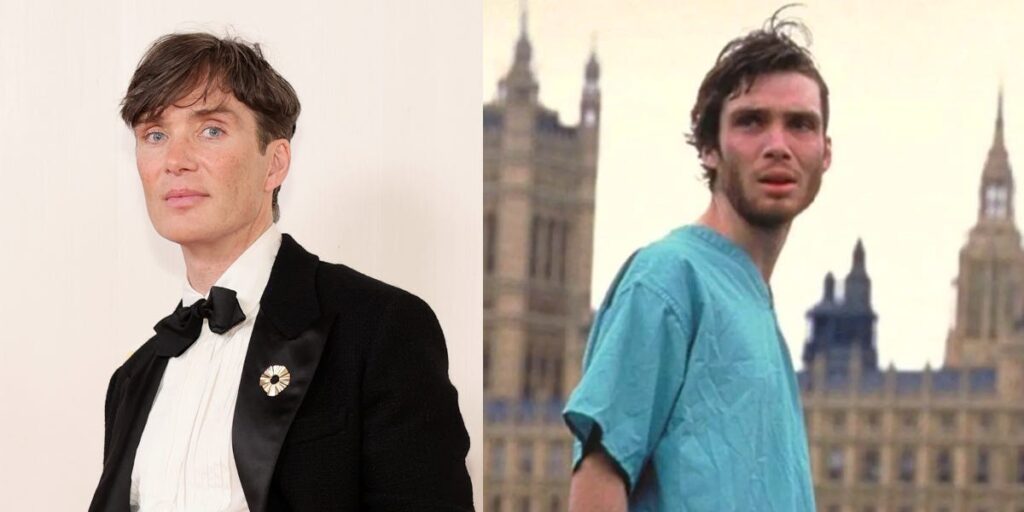“28 Years Later” could be the first blockbuster shot on an iPhone, Wired reported.
The publication, citing unnamed sources connected to the film, reported that adapted iPhone 15 Pro Maxes were the principal cameras used to film the “28 Days Later” sequel. Some scenes will also be shot with action cameras attached to farm animals.
A representative for the film’s studio, Columbia Pictures, did not immediately respond to a comment request from Business Insider.
In the last two decades, the practice of using phones to shoot parts or the entirety of movies has become more common in the documentary and independent film industries.
It can be a way to cut costs, and phone companies like Apple can use the opportunity to promote the quality of their cameras.
Sean Baker’s award-winning 2015 film “Tangerine” became the poster child for iPhone-shot movies. But even before that, a 2012 documentary called “Searching for Sugar Man,” was partially shot on an iPhone and won an Oscar.
Danny Boyle and Anthony Dod Mantle, who were the director and cinematographer of “28 Days Later” and are returning for the sequel, are no strangers to pioneering new forms of filmmaking.
“28 Days Later” was one of the first films to use digital cameras.
The film’s opening scene of a deserted London was shot using digital camcorders because they were easier to set up than large film cameras, and they could only block off roads in the busy city for a limited time.
“28 Days Later” was a huge success — the film had a budget of $8 million but made $84 million at the global box office. The opening moment also became an iconic scene.
Less than a decade later, digital cameras overtook classic film cameras in Hollywood.
Read the full article here


